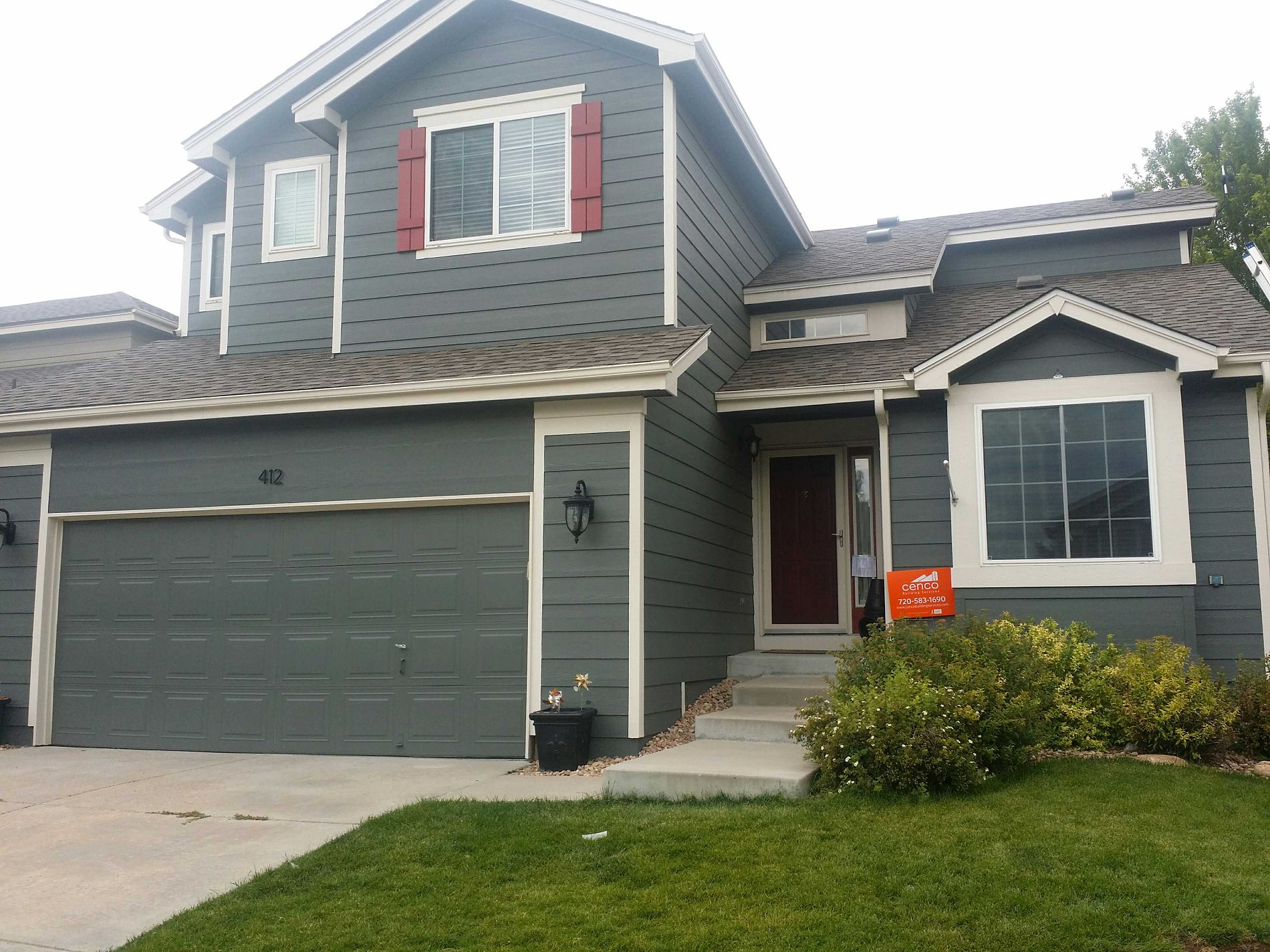Winters in Denver can run hot and cold, with the sun often shining within hours of snow falling. This can impact the longevity of your roofing system from melting snow and winter winds.Melted snow leads to water runoff, and melting ice dams, which can not only prematurely age older roofs but also defeat your gutter drainage system, as it slowly drips and refreezes at night only to drip in the sun the next day. Another burden of Denver winters are heavy gusts of wind that accompany some snow accumulations. Rigid shingles, unsealed due to the cold, can be lifted back allowing water in, or can outright flex and crack due to wind.<.p>The impact of melting snow and winds can leave you dealing with the most common roof problems we see during the Denver winters: Loose, damaged and/or missing shingles: The uplift of strong wind gusts can loosen shingles and eventually tear them off of your roof. Additionally, the continuous cycle of water clogging the shingles and the shingles drying out can leave them damaged and susceptible to being ripped off by winter storm winds. Loose or damaged shingles can be difficult to detect if you are not trained in assessing the condition of shingles, but missing shingles can be seen from the ground. If you can see that shingles are missing from your roof, you should call Cenco Building Services for an immediate inspection. Damaged underlayment: Melting snow after a heavy snowstorm can seep underneath the shingles and cause water damage to the underlayment. Over time, the underlayment can become waterlogged and wick water between the roof and the interior surface of your home, such as plaster or drywall ceiling. This drywall damage worsens over time and and can possibly cause mildew or moldbuild ups. . Signs of leaks include discoloration of the ceiling and walls, bulges in drywall or plaster and peeling paint.Malfunctioning flashing: Flashing are metal coverings over the joints or seams where your roof intersects with other exterior home systems. Flashing prevents water from reaching the underlayment and from penetrating the exterior envelope and affecting your home’s ceilings and walls. If your flashing is unsealed, degraded, missing or damaged, then water will find a way underneath the metal strips. While generally not a catastrophic system failure, it often shows up only after it is too late to prevent. So you should have your flashings checked bi-annually.Ice dams: Frozen waterfalls, large icicles and ice build ups-also known as ice dams-can be seen hanging from many roof edges during Denver winters. These chunks of ice can damage shingles, underlayment, exterior walls and paint and, as a result, can supply the melted ice water with an avenue into the interior of your home. If you have an area that receives poor sunlight during the day, odds are you will have an ice dam there in the Winter. Contact Cenco Building Services Today If you reside in the Denver Metro or along the Front Range, you should have your roof inspected by Cenco Building Services prior to the start of each winter to ensure your roof is capable of withstanding the next snowy season. Schedule your no-obligation roof inspection today by calling our friendly professionals today at (720) 583-1690!



